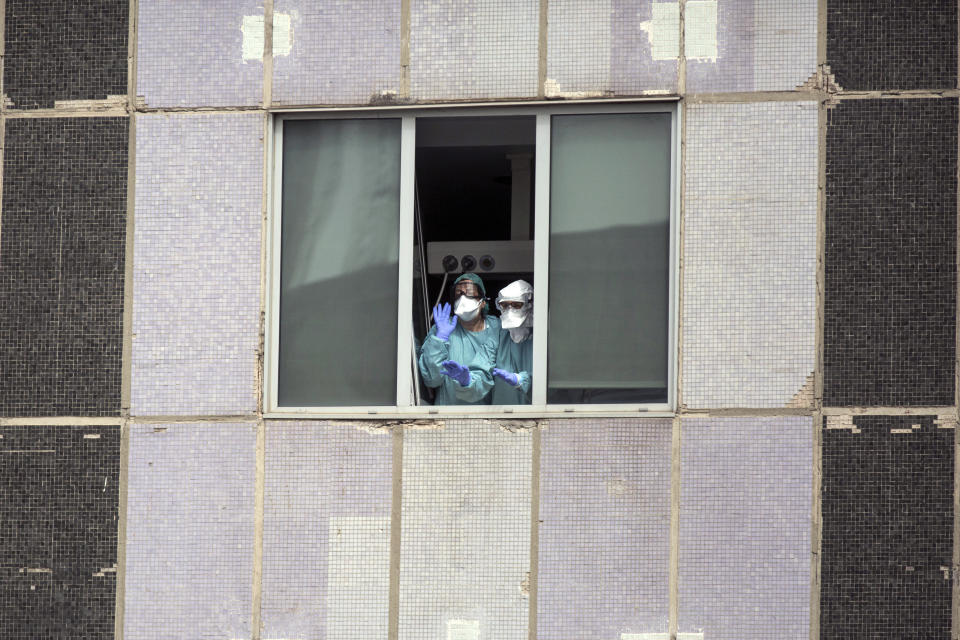Coronavirus: Disturbing new statistic about 15-minute tests set to arrive in Australia
Health workers in Spain and the Czech Republic have complained the majority of the new 15-minute coronavirus tests they received from China aren’t working properly, according to local media in both countries.
Up to 80 per cent of 300,000 of the tests, which involve a finger prick instead of a throat and nasal swab, fail to provide reliable results following tests by medical teams in the Czech Republic, Prague Morning reported.
Coronavirus live blog: Latest news and updates from Australia
“We used the tests on those who came to the testing station. Fortunately, we also took samples for further testing and thus learned about the error rate of the tests,” University Hospital Ostrava hygienist Pavla Svrčinová said.
And staff from microbiology laboratories in Spain told El Pais only 30 per cent of tests are proving to be accurate.
"They do not detect the positive cases as expected," one worker revealed on the basis of anonymity.
Spain has ordered 650,000 of the kits, with the National Review reporting Spain’s Centre for Health Alerts and Emergencies Director Fernando Simón is looking to return the tests back to China.
“That is a major blow to a country where health workers are contracting this and the hospital system really is at breaking point already,” the ABC’s Europe correspondent Linton Besser said on Friday.
Spain has more than 56,000 cases and 4,154 deaths while the Czech Republic has 1,925 cases and 9 deaths.

1.5 million of the tests arriving in Australia
Australia is awaiting the delivery of 1.5 million of the tests in the coming days, the Department of Health’s Principal Medical Advisor Professor Michael Kidd said on Friday.
And while medical teams around the country are eagerly awaiting the tests to help test thousands more among communities, ACT Australian Medical Association president Antonio Di Dio previously told the ABC the tests, which are about a third cheaper than the current tests, are far less effective.
The National Institute of Public Health in the Czech Republic has since moved to clarify the purpose of the tests, stating they are not to be used as “diagnostic tests” and should be used merely as a “supporting role”.
The institute said the tests cannot detect the virus in the first five to seven days of infection and must be used as a confirmation at the end of a 14-day quarantine.

Prof Kidd echoed the Czech Republic’s stance, insisting the tests shouldn’t be used on someone not showing any symptoms.
“You have to be infected for a number of days before the test show you are positive or negative for COVID-19,” he told the ABC on Friday morning.
“So, this means that it will probably be a test which will mainly be used for people who already have symptoms of fever or respiratory symptoms.”
However one of the distributors of the kits in Australia, MD Solutions, previously said the tests could be used at any point of a suspected infection.
CEO Xavier Lawrence told the Financial Review that after five days of infection, the test has at least a 96.9 per cent accuracy rate.
Do you have a story tip? Email: newsroomau@yahoonews.com.
You can also follow us on Facebook, Instagram and Twitter and download the Yahoo News app from the App Store or Google Play.





